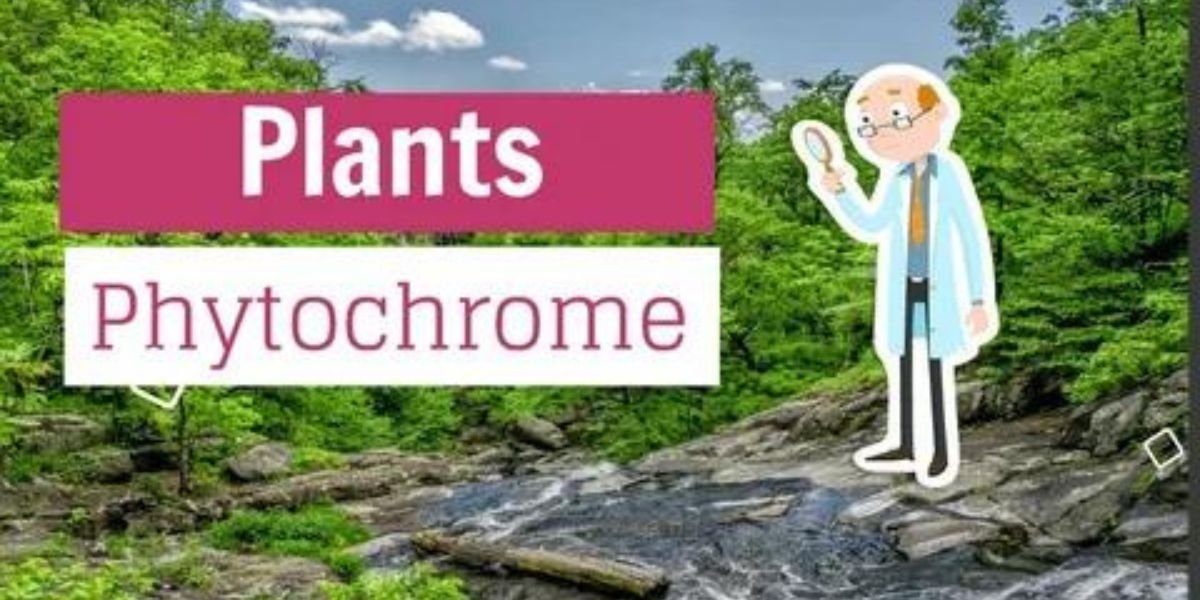
Introduction
A horticultural class of molecules called phytochromes is essential for plants to sense light and regulate growth and development. The phytochrome b that is referred to here is not just any one of the members of the phytochrome family but one of the most closely investigated compounds of the group, which has been found to be important in controlling a wide array of physiological processes in plants. This work will provide insights into the evolutionary history, differentiation, and duplication of phytochrome b genes that occur in plant species. We will, additionally, look at its genotype’s variability and determine the proteins’ structure, phylogenetic relationships, and genetic evolution.
Phytochrome B Gene Evolution:
The evolution of the Psb gene in the demonstration of plant light perception at the molecular level has also made scientists excited. As the evidence has it, the phytochrome b or phyB genes of different plants have undergone such great modifications that the gene has become more diverse among different species of plants. The growth of the phytochrome b gene family and the specialization and diversification of most plant lineages were mostly caused by gene replication processes.
Protein Structure and Function:
The protein structure of phytochrome b PhyB is very conserved among different species in plants, which suggests that the major functions of this protein are activation signaling and capture of light. The phytochrome b protein will change its structure when it absorbs light. This will cause an activation, which will then set off signaling cascades further down the line. Phytochrome b is an important part of a virtual regulatory system because it controls gene expression, which in turn controls how plant cells grow, differentiate, and respond to outside stimuli.
Phytochrome B Phylogenetic Analysis:
Through the exploration of the phylogenetic tree of various plant species that share phytochrome b genes, the phylogenetic analysis of phytochrome b has shown interesting relationships between related species. Through DNA phytochrome b protein amino acid sequences’ analysis, the scientists succeeded in identifying the origins of different leafy vegetable groups.
Multiple phytochrome b clades from the phytochrome family have been identified through phylogenetic analysis. This suggests that this gene family has become more diverse as plants have evolved.
Gene Expression Patterns and Adaptations:
It is through the different expressions of the phytochrome b gene in the rootings of various species of plants that they respond differently to environmental triggers. Gene expression modifications play an important role in plant adaptation to various light environments (such as underground or above-ground) because phytochrome b expression is under tight transcriptional regulation. It has been observed that the varying phytochrome b expression levels in plants regulate plant growth and development as well as the capability of the plant to react to most of the biotic and abiotic stresses.
Genetic Variability and Diversity:
The variation in plant populations, taking into account the genetic variation found in the phytochrome b genes, partly leads to this. Phytochrome b, as a gene for plant phenotypic characteristics like stress tolerance, blooming time, and seed germination, may assume genetic polymorphism. This will be of great benefit during the planning and application of genetic diversity conservation and agriculture improvement strategies, as the knowledge of the same will give essential insights into the adaptive capacity of the plant population.
Summary
In a nutshell, the evolutionary story of photoreceptor Phytochrome b and the diversity of plants prove the relevance of this molecule in forming the vital plant response to their environment. Scientists may understand more about how plants absorb light signals through investigation of molecular variation, sequencing the genetic code, looking at protein structure, phylogenetic branching, gene duplication events, and the genetic evolution of phytochrome b. More importantly, the underpinnings of phytochrome B, along with their roles in plant biology and agricultural productivity, will be clarified as the research continues in
Read more: Shope Papilloma Virus